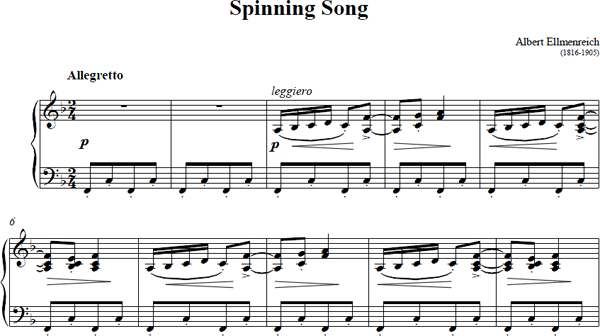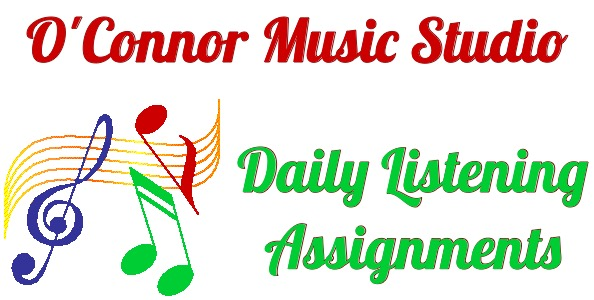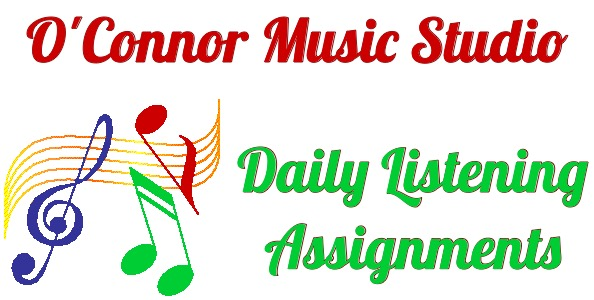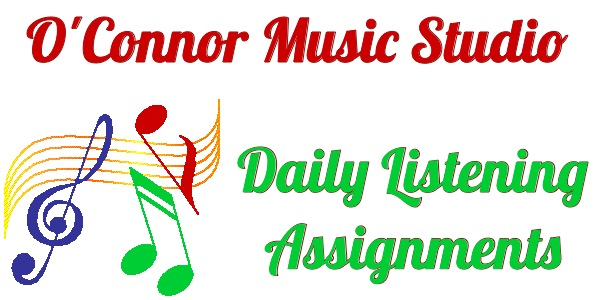Daily Listening Assignments ~ July 4, 2020
Saturday, July 4, 2020 by Mary O'Connor | OCMS
Today is a great day for patriotic music and there's nothing better than John Philip Sousa’sStars and Stripes Forever
A part of every Fourth of July program at the Esplanade in Boston involves a giant American flag unfurling from the ceiling during the Stars and Stripes. Can you find it?
Piano arrangement by Vladimir Horowitz:
With Horowitz playing:
Marching band:
The Muppets version of Stars and Stripes forever
The animated graphical score:
The Band of the Grenadier Guards
The same melody can be heard with these words:
John Philip Sousa’s Stars and Stripes Forever is never part of a regular circus program. It is reserved for emergency use – sometimes called the “Disaster March”. If a major problem happens — an animal gets loose, a high wind threatens the tent, or a fire breaks out — the band plays the march as a warning signal to every worker on the circus lot that something is wrong.
Find piano arrangements of the Stars and Stripes Forever in Movement 2
Closing out today, enjoy The Year 1812, Festival Overture in E♭ major, Op. 49, popularly known as the 1812 Overture by Peter Ilyich Tchaikovsky

Daily Listening Assignments ~ July 3, 2020
Friday, July 3, 2020 by Mary O'Connor | OCMS
Johann Sebastian Bach's towering monument of organ music, with its deep sense of foreboding, will forever be associated with Halloween.
Get a free copy of the sheet music at IMSLP or borrow a copy from the O'Connor Music Studio. I have this arranged for organ, piano, duet, 2-piano, simplified...
It's also available in Piano Maestro, Piano Pronto Encore and Coda
If you want this in a book with other Bach transcriptions, amazon has this: Toccata and Fugue in D minor and the Other Bach Transcriptions for Solo Piano, arranged by Ferruccio Busoni.
Here, Virgil Fox performs it on his Allen Digital Touring Organ.
Diane Bish plays the Massey Memorial Organ at the Chautauqua Institution and talks about this instrument.
Animated organ:
Glass harmonica
Accordion
Cartoon:
Daily Listening Assignments ~ July 2, 2020
Thursday, July 2, 2020 by Mary O'Connor | OCMS
Today's piece is the other one of two pieces that are so often played incorrectly that they have the distinction of being banned from competition in Northern Virginia Piano Teacher competitions.
The first was Fur Elise. This one is Spinning Song by Albert Ellmenreich. It's in many, many piano method books. When I was in 5th or 6th grade, I tore it out of my book, put it in a construction paper cover and played it for some Girl Scout talent show. I have no idea why I couldn't leave it in the book.
The left hand is supposed to sound like the foot pumping the wheel to make it move

This is part of a larger work called Musikalische Genrebilder, Op.14 which can be downloaded at IMSLP:
Spinnliedchen (Spinning Song), the best known item from the set, seems to be universally referred to as number four. The announcement of the first edition in Hofmeister's Monatsberichte lists it as the fifth item. In Schirmer's 1878 edition (see cover: here) of Op.14 it appears that items two and three were possibly combined into one number (entitled Sorrow and Consolation) so that Spinnliedchen became number four. Perhaps, this is the origin of the re-numbering.
To learn this sheet music, it's available in Piano Pronto Movement 4 and Alfred Premier Piano Course Book 6
Here's a sample:
A tutorial
With scrolling sheet music
For organ
How to conduct(?)
While this piece is not usually popular with other instruments, a trumpet quartet gave it a try
The DMS Percussion Ensemble
Singers from the Londonderry Middle School gave it a try:
The first half of this video is flute tuning. After that is a lovely flute duet.
For clarinet "quartet". Quartet is in quotes because the performer wrote "This is a 'cover' I did of Spinning Song by Albert Ellmenreich. I played all the parts on my clarinet, using the really crappy camera I have. So the sound quality sucks... Also, I don't have a bass clarinet, so the low part is edited down... and it sounds like a saxophone... oh well. lol!"
I can't take any more of these!








